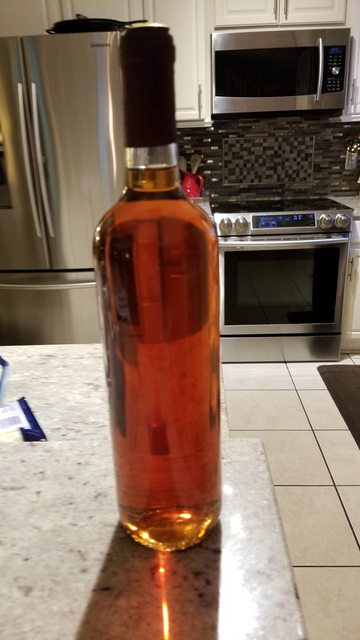Hi All,
My Dad has been making wine and growing grapes for probably 20 years now and until this point I have just been his occasional assistant. He is having some age related memory problems now and I have assumed the hobby, his equipment and for the time being, his grapes. I've been reading everything on the subject I can get my hands on and have come to the conclusion that in Wine making, the more you know the deeper the confusion. (Could be the wine, not sure) Anyway, I'm here to learn. Nice to meet you all.
Jeff
My Dad has been making wine and growing grapes for probably 20 years now and until this point I have just been his occasional assistant. He is having some age related memory problems now and I have assumed the hobby, his equipment and for the time being, his grapes. I've been reading everything on the subject I can get my hands on and have come to the conclusion that in Wine making, the more you know the deeper the confusion. (Could be the wine, not sure) Anyway, I'm here to learn. Nice to meet you all.
Jeff

















![[Upgraded] 9Pcs Tree Root Growing Box with Drain Holes, Half Transparent Plant Rooting Propagation Ball & Metal Core Twist Ties, for Fast Propagation Plants (Size M)](https://m.media-amazon.com/images/I/514MWQxtWOL._SL500_.jpg)



























